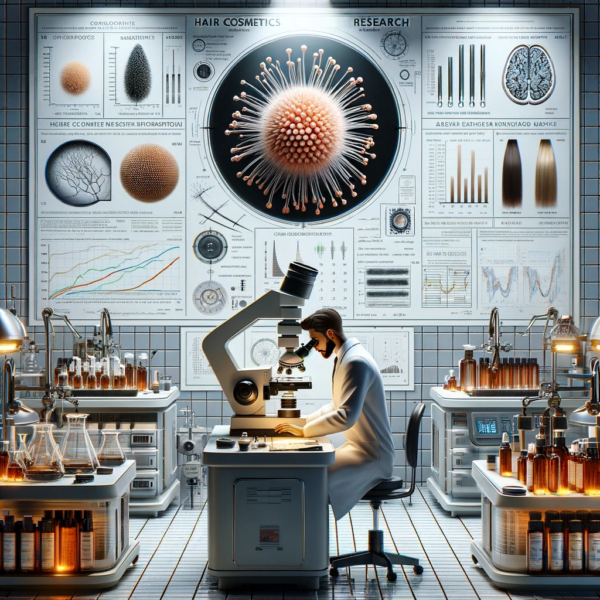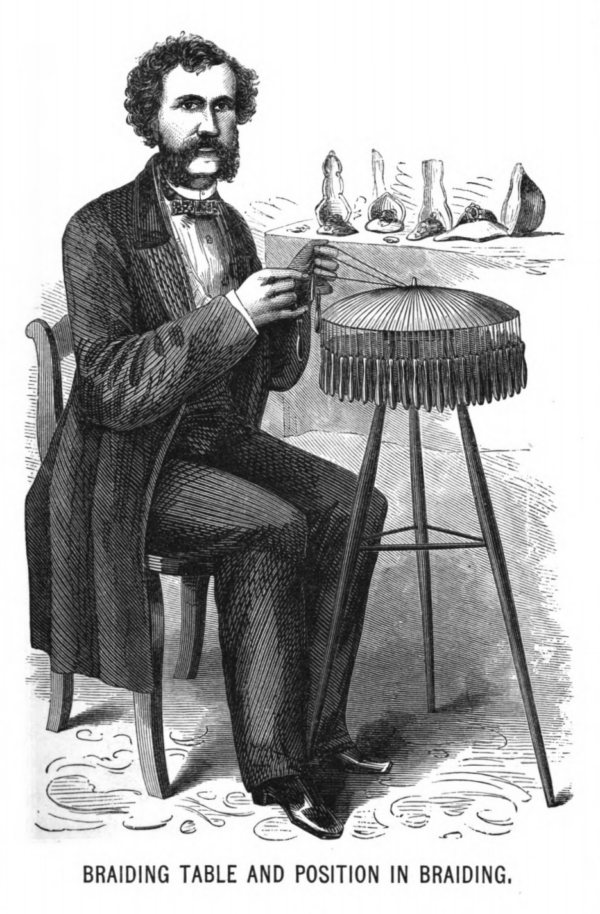Introduction: Ludwig van Beethoven, a colossus in the realm of classical music, continues to captivate audiences centuries after his death. Known for his profound deafness and a myriad of other health issues, the personal torments of this musical genius have long been subjects of scholarly and medical inquiry. Recently, an extraordinary link to Beethoven’s past—locks of his hair—has provided unique insights into his genetic blueprint, offering a groundbreaking perspective on his medical history.
Historical Background: When Ludwig van Beethoven passed away on a stormy day in March 1827, he left behind not just a legacy of musical masterpieces but also numerous personal effects, which included several locks of his hair. This hair, cut from his head in the days following his death, was preserved as keepsakes by his contemporaries and has since been safeguarded in various collections. Intriguingly, Beethoven had expressed in his Heiligenstadt Testament—a letter written in 1802—a wish for his ailments to be thoroughly examined to benefit the scientific community. This wish set the stage for future analyses that would employ technologies unimaginable in his time.
Scientific Breakthroughs: Centuries later, researchers equipped with sophisticated DNA sequencing and genomic analysis tools have begun to unravel the genetic secrets locked within these hair samples. A team led by biochemist Johannes Krause from the Max Planck Institute for Evolutionary Anthropology conducted a detailed study, employing modern genetic sequencing to probe the causes of Beethoven’s well-documented medical issues, including his progressive hearing loss.

Findings from the Research: The genomic analysis of Beethoven’s hair yielded several surprising findings:
- Lead Poisoning Theory Debunked: Previous theories suggested that Beethoven might have suffered from lead poisoning, a common affliction in his era due to the use of lead in tableware and other household items. However, the genetic analysis provided strong evidence against this hypothesis, indicating that the lead levels in his hair did not stem from his own body but were likely contaminants from the environment.
- Hepatitis B Infection: The study revealed that Beethoven suffered from a hepatitis B infection, which might have significantly contributed to his liver disease and ultimately his death. This finding provides a new perspective on the composer’s late-life health struggles, particularly his liver problems.
- Genetic Predisposition to Liver Disease: Additionally, the analysis uncovered a genetic predisposition to liver disease in Beethoven’s genome. This predisposition, combined with his hepatitis B infection and possible alcohol consumption, might explain the liver complications he experienced.
- Non-Paternity Event: Perhaps most startling was the discovery of a non-paternity event in Beethoven’s paternal line, suggesting that at some point in his ancestry, a secretive extramarital relationship had occurred. This revelation adds a layer of personal and historical intrigue to Beethoven’s family story.
Historical and Cultural Impact: These scientific insights significantly alter our understanding of Beethoven’s life, offering explanations for some of his health issues that impacted his career and well-being. Knowing the true nature of his medical conditions humanizes the composer further, bridging the gap between the man and the myth. This connection not only enriches the narrative of Beethoven’s life but also enhances our appreciation for his ability to create transcendent music under the burden of severe ailments.
Ethical Considerations and Future Research: The posthumous examination of Beethoven’s genetic material raises ethical questions about the privacy rights of historical figures. However, these studies also open the door to profound discoveries that can inform not only historical scholarship but also present-day medical science. Future research could extend to other historical figures, potentially uncovering new insights about their lives and times through the lens of genetic science.
Broader Impact of Genetic Research on Historical Hair Samples: The study of Ludwig van Beethoven’s hair not only illuminates his personal health struggles but also exemplifies the vast potential of genetic analysis of historical figures. Hair samples, in particular, serve as exceptional time capsules, preserving DNA long after other bodily tissues would have degraded. This makes them invaluable resources for uncovering the health, heritage, and even the historical environments of the individuals to whom they belonged. For instance, hair can reveal long-term exposure to toxins or dietary habits through chemical residue analysis.
Additionally, when compared with existing genealogical records, DNA from hair can confirm or challenge historical accounts of lineage and ancestry, potentially rewriting parts of history influenced by inaccurate or incomplete records. As such, the implications of this research extend beyond medical or biological interests, influencing fields as diverse as archaeology, anthropology, forensics, and even art history, enhancing our understanding of historical lifestyles and conditions. This multidisciplinary impact underscores the importance of integrating genetic research with traditional historical and cultural studies, opening new avenues for discovery and learning about our past.
Conclusion: The genomic analysis of Beethoven’s hair marks a fascinating confluence of history, science, and technology, revealing much about the personal struggles of one of music’s greatest composers. As science continues to evolve, it brings us closer to understanding not only the genetic makeup of historical figures like Beethoven but also the ailments that shaped their lives and legacies. Through these studies, the past opens up in unexpected ways, reminding us that history is not merely about dates and events but also about real people living through the challenges of their times.
Bibliography


